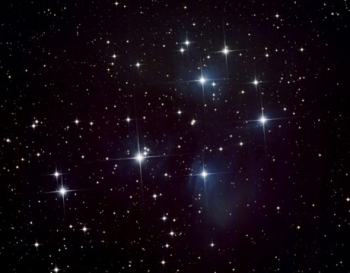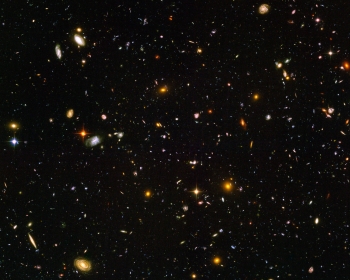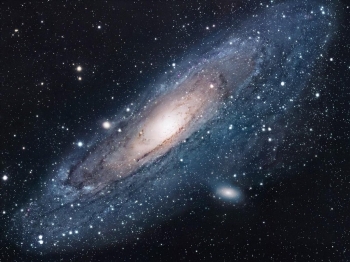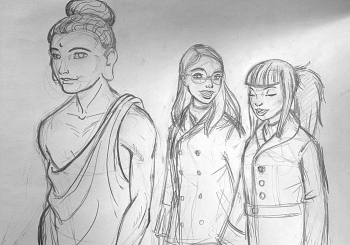Mundane excitement and spiritual opportunity are watchwords of human love. While no one would advise ignoring our other halves, it is also ideal to reflect on the deeper kinds of love that make up the most lasting and authentic happiness human beings can experience: an open heart and mind, tranquil wisdom, and faith of the truth of the path. Just as the happiest lover is the one who is certain of the beloved’s affection, the most grounded and mindful Buddhist is a steady-hearted one.
The Greeks’ distinction of four different kinds of love (agape, eros, storge, philia) is a commonly told tale and I need not repeat it here. Religious expressions of love have often been more complex than the ones listed above: Buddhists removed attachment from love but gave it a distinctly ethical quality through metta: the English translation is literally loving-kindness. It is not enough to love, kindness and the wish for a being’s happiness is just as important. I have always believed that the Buddha stands as a hallmark thinker and philosopher not only because he introduced some new ideas, but took many existing currents in the Indian milieu like karma and rebirth and essentially “tweaked” them: he ethicized them by emphasizing the power of cognition and intention. Christianity took the Greeks’ agape for its fundamental theology, orienting it towards its figure of faith. And in Muslim eyes, it is unqualified and trusting submission to a higher power that qualifies as the grandest and deepest expression of love.
Sentient beings love the Buddha. People also love their close friends, many of whom would know them so well they don’t need to actually ask about each other – far from being rudeness, as long as they know each other are doing fine, that is all that matters. I admire and cherish that casual liberty, that naturalness, that honest authenticity. But people also love cold cereal on a Saturday morning, an engaging book about Buddhist Studies, and calming classical music. Most importantly of all of course, people understandably love the excuse that Valentine’s Day provides to get fat on chocolates (I would know – it’s my greed, my delusion, my attachment). With such a multiplicity of loves – and as such love is truly without a self – is it any wonder that it has been reflected on and talked about more than even religious matters (although they most certainly intertwine)?
There is another piece to the story of love. Contemporary physicist Lawrence Krauss once talked about stars at a certain lecture: “Every atom in your body came from a star that exploded. And the atoms in your left hand probably came from a different star than your right hand. It really is the most poetic thing I know about physics. You are all stardust. You couldn’t be here if stars hadn't exploded. Because the elements, the carbon, nitrogen, oxygen, iron, all the things that matter for evolution weren't created at the beginning of time. They were created in the nuclear furnaces of stars. And the only way they could get into your body is if the stars were kind enough to explode.”
There were stars – countless stars – that died so we could be here today, so that this solar system and Earth could be here today. Now that is true sacrifice. Krauss’ observation is a wonderful symbolic expression of unconditional love. The stars died so that our world, and we, could exist. There is only one higher love that shines throughout the cosmos. And this is not a metaphorical, allegorical, hyperbolic, or symbolic love. It is a real love, a true love, and it is a lover that beckons to be loved as well, to be known and proclaimed as the weal of all living things. It is that of the Buddha’s Presence, the True Beloved and Lover, the Blessed One Himself.


















